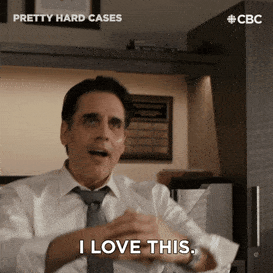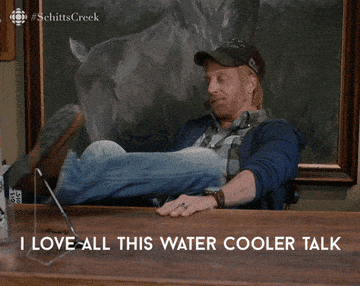Lifecycle stages are a tool to indicate where your leads are in the buying journey. Did they just download a single content offer? Or have they downloaded both templates and e-books – and interact with your emails? Lifecycle stages are closely related to lead scoring and are in a way two sides of the same coin when we talk about inbound marketing.
Where are your potential customers in the buying journey? And when should you forward a lead to a salesperson or consultant?
If you already use HubSpot as a CRM, CMS and/or for marketing automation, Lifecycle stages are the obvious next focus area in your marketing efforts.
Before I delve too much into the various Lifecycle stages in HubSpot, we must of course define the term.
What are the HubSpot Lifecycle stages?
You can find the HubSpot Lifecycle stages when you look at your contacts in HubSpot. It is the core of your inbound marketing strategy, as this is where you can track how far your leads are from becoming customers.
Lifecycle stages are the different phases your leads go through on their customer journey. They are assigned to each of your contacts based on their lead score. (Possibly delve further into lead scoring).
HubSpot divides their Lifecycle stages into 8 stages, which I will elaborate on below.
HubSpot’s 8 Lifecycle stages and how to use them
By default, HubSpot has 8 Lifecycle stages that you should know.
HubSpot’s 8 Lifecycle stages are:
- Subscribe
- Lead
- Marketing Qualified Lead (MQL)
- Sales Qualified Lead (SQL)
- Opportunity
- Customer
- Evangelist
- Other
In this example, I use lead scoring of 0-100 to define when a contact becomes a subscriber, a lead, an MQL etc.
However, the lead score may depend on the type of business and goals.
Subscriber
Lead score: 0-14

A Subscriber is a (often new) contact who has signed up for your newsletter, blog updates and the like. Subscriber is automatically assigned in HubSpot when a contact subscribes to some of your content. It is the first Lifecycle stage a contact achieves in HubSpot – however, many contacts skip this stage and become a lead.
Lead
Lead score: 15-29

A lead is a contact who has made a conversion action on your website. It could be someone who has downloaded a content offer by filling out a form. A lead has shown a little more interest than just a subscriber but is still far from ready to buy.
Marketing Qualified Lead (MQL)
Lead score: 30-79

An MQL is a lead that has shown some interest in your company’s content and is thus well on its way to being enriched by your good content. An MQL may well be ready to buy, so if the sales team has time to spare (as if that will ever happen), it may be relevant to look at the list of MQLs and see if there are any an ideal match for your company and your services.
Sales Qualified Lead (SQL)
Lead score: 80-100

Then it must be sold! SQLs are often in the consideration stage of the buying journey. According to HubSpot, an SQL is a lead that is qualified to become a customer. It is an even hotter lead than MQL but has not yet contacted your company. This is therefore where you need to start positioning your services for the lead. Give them a call or send an email in which you describe specifically what difference you can make to her and her company.
Opportunity
Lead score: 100+ (+action)

An opportunity is a contact that is associated with a deal (automatically gets the stage if a deal is associated with it. This is where your salespeople/consultants have started to make a concrete offer after you have reached out (or led have reached out themselves). Often, an opportunity will have a high lead score combined with an action, which could be, for example, booking a meeting, filling out a contact form or other BoFu actions.
If it goes well, you get a new customer!
Customer

Congratulations. Your lead has now become a customer!
This probably doesn’t need any further explanation.
Evangelist

HubSpot defines evangelists as someone who speaks for your company and helps you spread the word. At Itch, however, we do not believe that there is any reason to distinguish these from all other customers in the HubSpot setup. Instead, we use evangelists for our own employees, business partners and others who should not receive marketing emails, product updates etc.
Other
The last category is used for those who do not fit into the other Lifecycle stages.
Lead status vs. Lifecycle stage – What’s the difference?
Lead status and Lifecycle stages are not the same. But HubSpot uses both terms to describe contacts.
Lifecycle stage is, as mentioned, the stage in the buying journey your lead is at.
Lead status is a subcategory for your SQLs (and MLQs). It is therefore the sales department that must create and update a lead’s lead status.
Lead status can be:
- New
- Open
- In Progress
- Open Deal
- Unqualified
- Attempted to Contact
- Connected
- Bad timing
It is therefore feedback from the salesperson to himself and his colleagues about the contact’s status in the sales process.
Affiliate Disclaimer: “This post contains affiliate links. If you use these links to buy something, we may earn a commission (by doing so, you support this blog).Cheers.”








